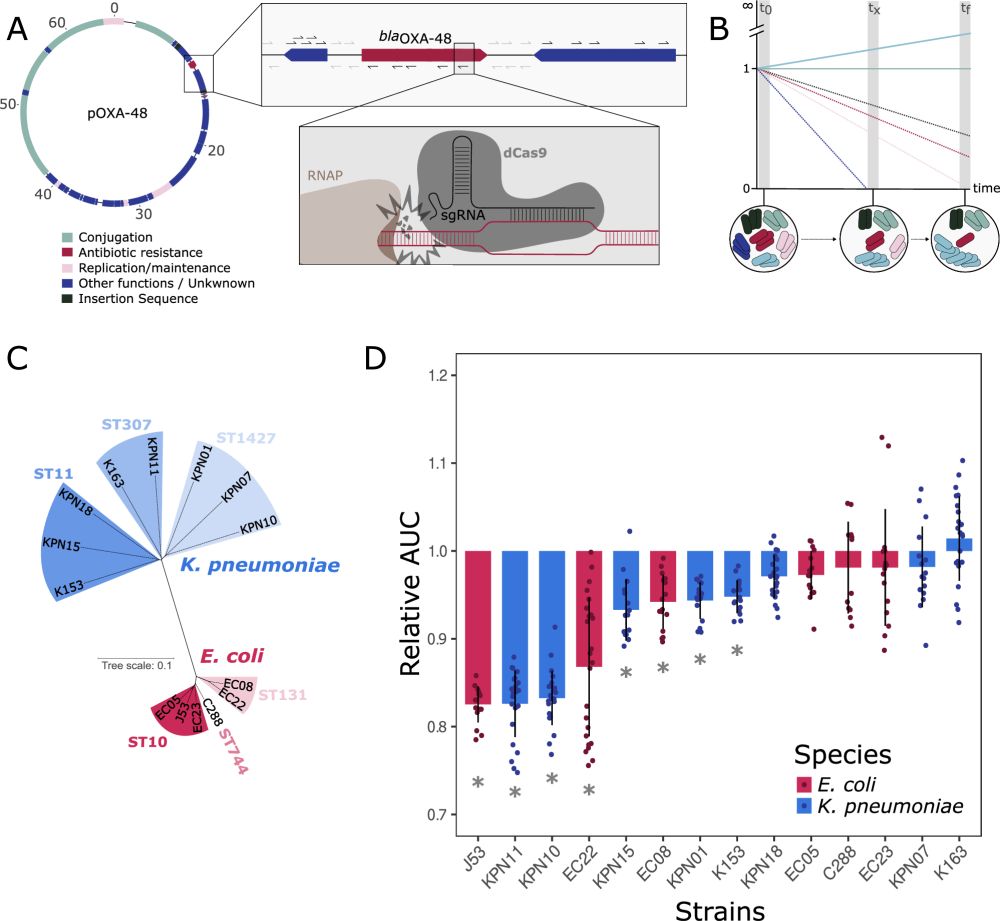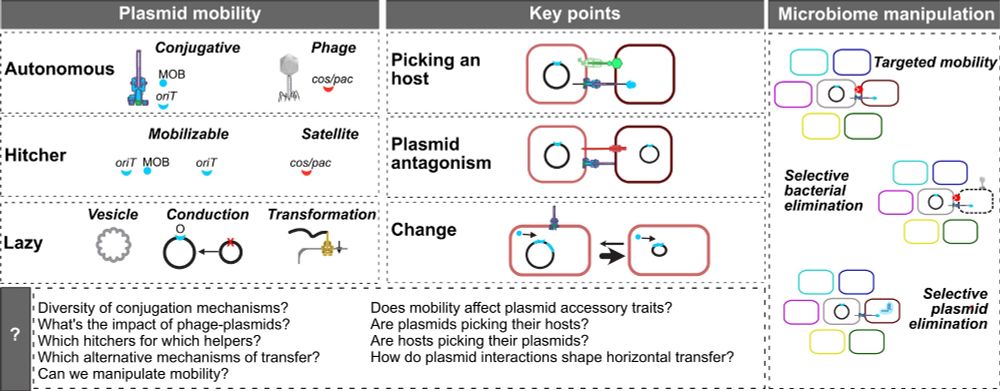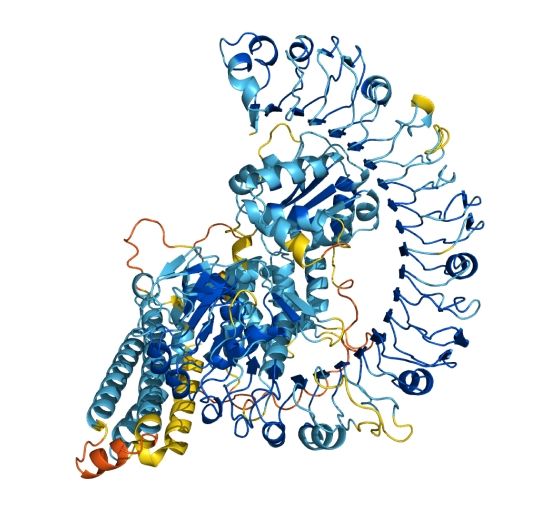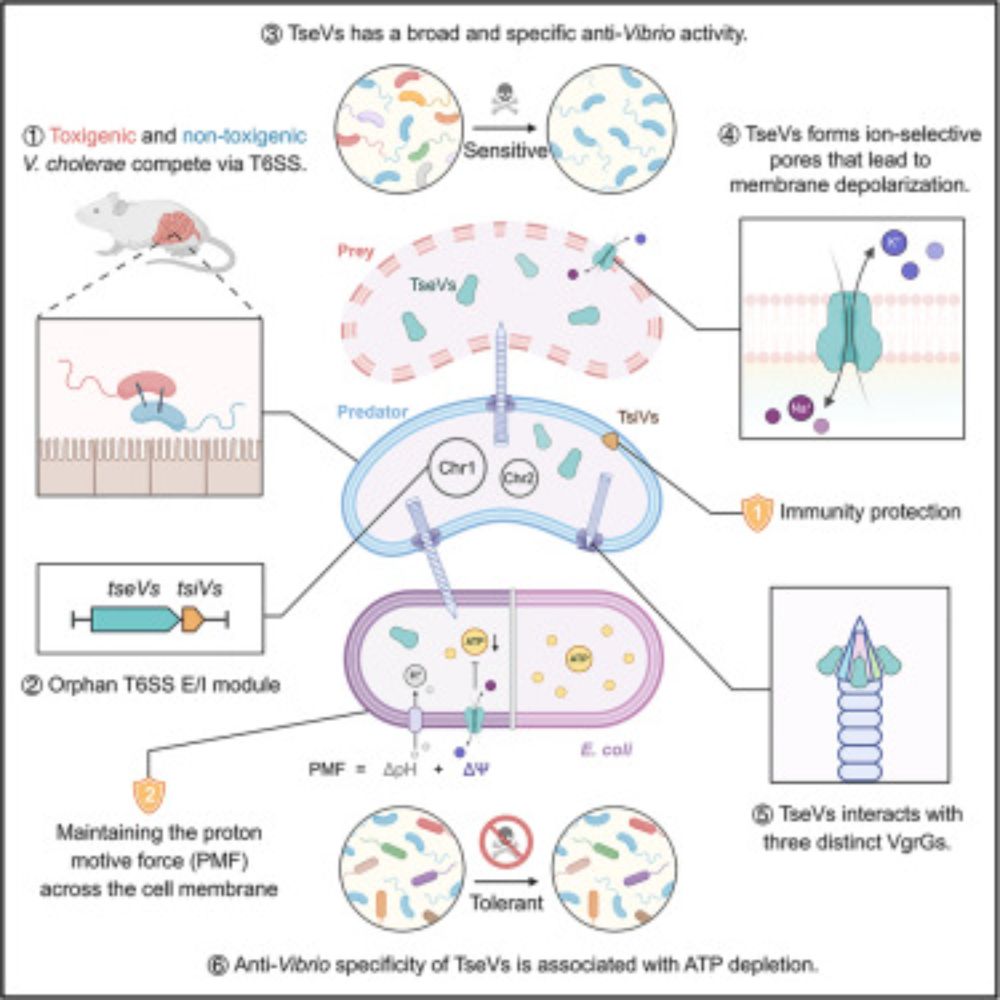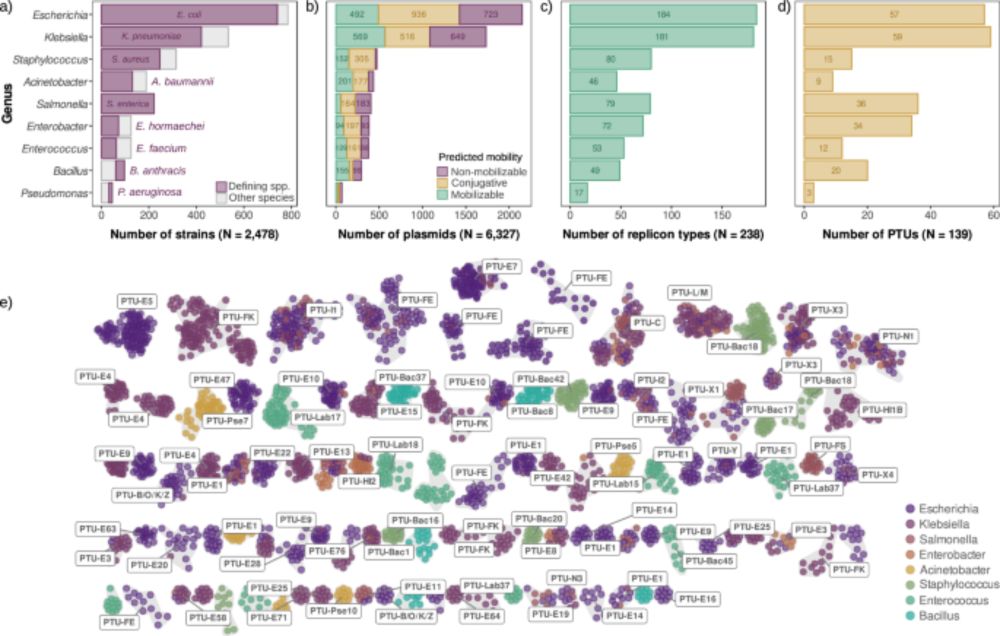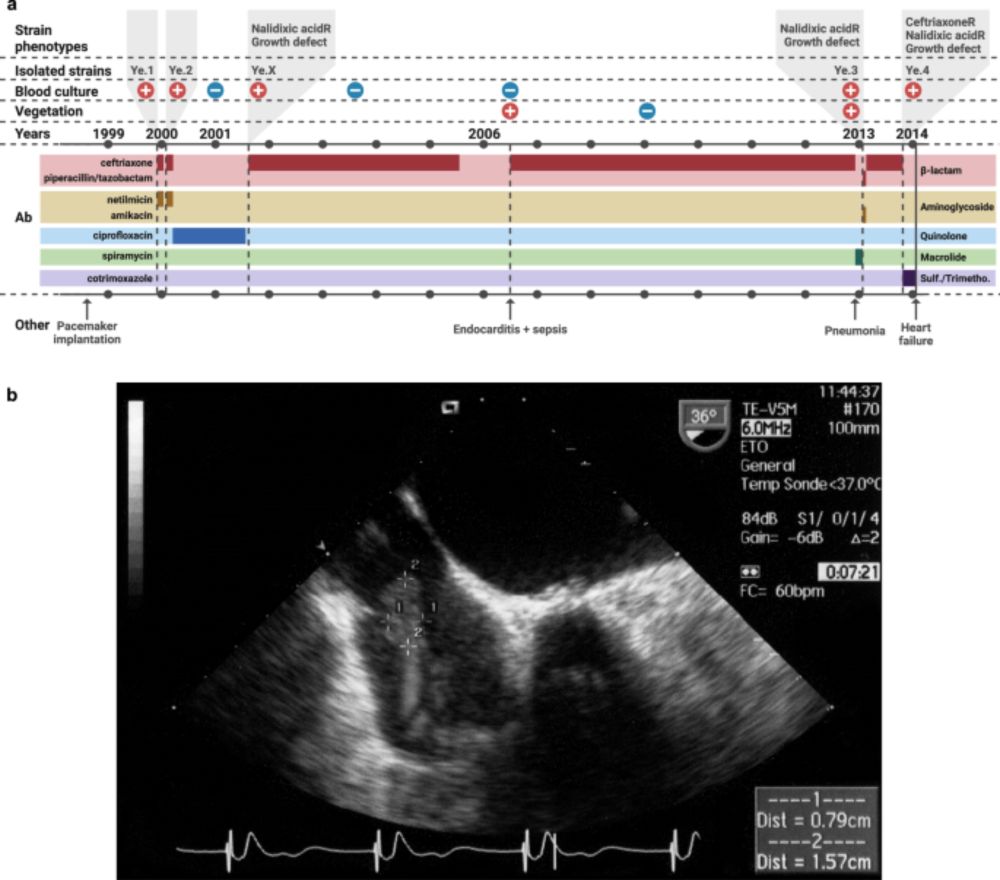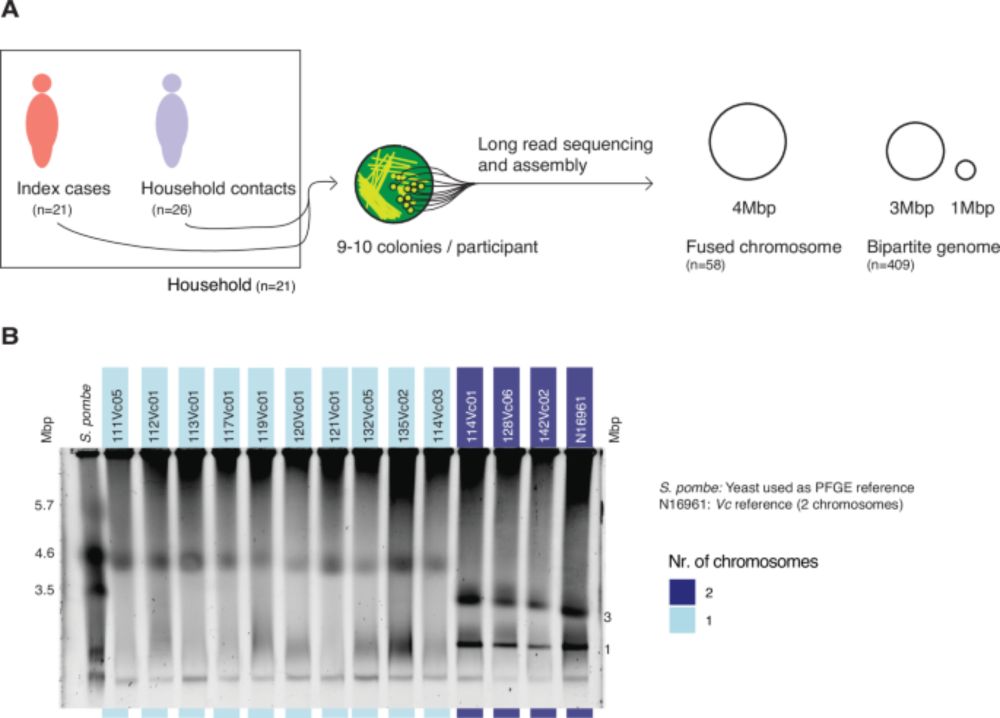Marie-Eve VAL
@val-meve.bsky.social
750 followers
430 following
14 posts
Microbiologist, plasmid biology, genome maintenance, DNA replication, Vibrio, Institut Pasteur - Paris
Posts
Media
Videos
Starter Packs
Reposted by Marie-Eve VAL
Reposted by Marie-Eve VAL
Reposted by Marie-Eve VAL
Eduardo Rocha
@epcrocha.bsky.social
· Sep 3
Reposted by Marie-Eve VAL
Chris Creevey
@hairyllama.bsky.social
· Aug 22

Genomic constraints shape the evolution of alternative routes to drug resistance in prokaryotes.
Background: Variation within the prokaryotic pangenome is not random, and natural selection that favours particular combinations of genes appears to dominate over random drift. What is less clear is w...
biorxiv.org
Reposted by Marie-Eve VAL
Ethan Garner
@fleshball.bsky.social
· May 20

The interplay of membrane tension and FtsZ filament condensation on the initiation and progression of cell division in B. subtilis
The first step of cell division is deforming the planar cell membrane inward towards the cytoplasm. As deforming membranes is energetically costly, biology has developed various protein systems to acc...
doi.org
Reposted by Marie-Eve VAL
Sarah Bigot
@sbigot.bsky.social
· Aug 20

Genetic determinants of pOXA-48 plasmid maintenance and propagation in Escherichia coli - Nature Communications
pOXA-48 plasmids have emerged as key vectors of carbapenem resistance within Enterobacteriaceae. In this study, the authors use a transposon sequencing (Tn-seq) approach to identify genetic determinan...
www.nature.com
Marie-Eve VAL
@val-meve.bsky.social
· Aug 20
Marie-Eve VAL
@val-meve.bsky.social
· Aug 20
Reposted by Marie-Eve VAL
Didier Mazel
@amazeld.bsky.social
· Aug 20

Taming wild replicons: evolution and domestication of large extrachromosomal replicons
Bacterial genomes often contain extrachromosomal replicons (ERs), ranging from small, mobile plasmids to large, stably inherited elements, such as meg…
www.sciencedirect.com
Reposted by Marie-Eve VAL
Reposted by Marie-Eve VAL
Reposted by Marie-Eve VAL
Reposted by Marie-Eve VAL
Tung Le
@tunglejic.bsky.social
· Jul 2
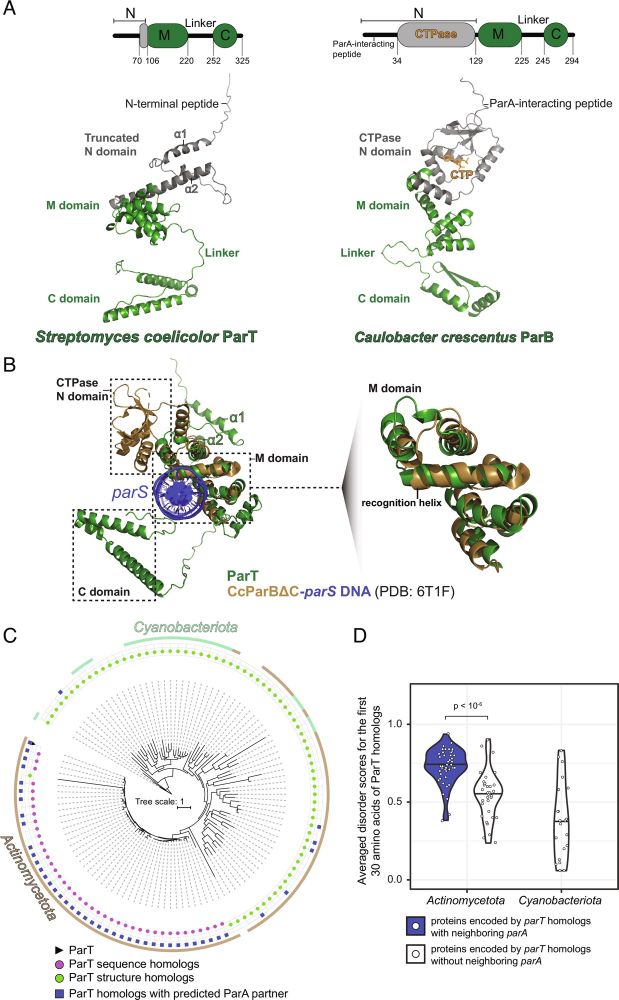
Expanding the diversity of bacterial DNA partitioning: A CTP-independent ParABS system for plasmid partitioning in Streptomyces | PNAS
The ATP- and CTP-dependent ParA-ParB-parS segrosome is a macromolecular complex that
segregates chromosomes/plasmids in most bacterial species. CTP...
www.pnas.org
Reposted by Marie-Eve VAL
Reposted by Marie-Eve VAL



